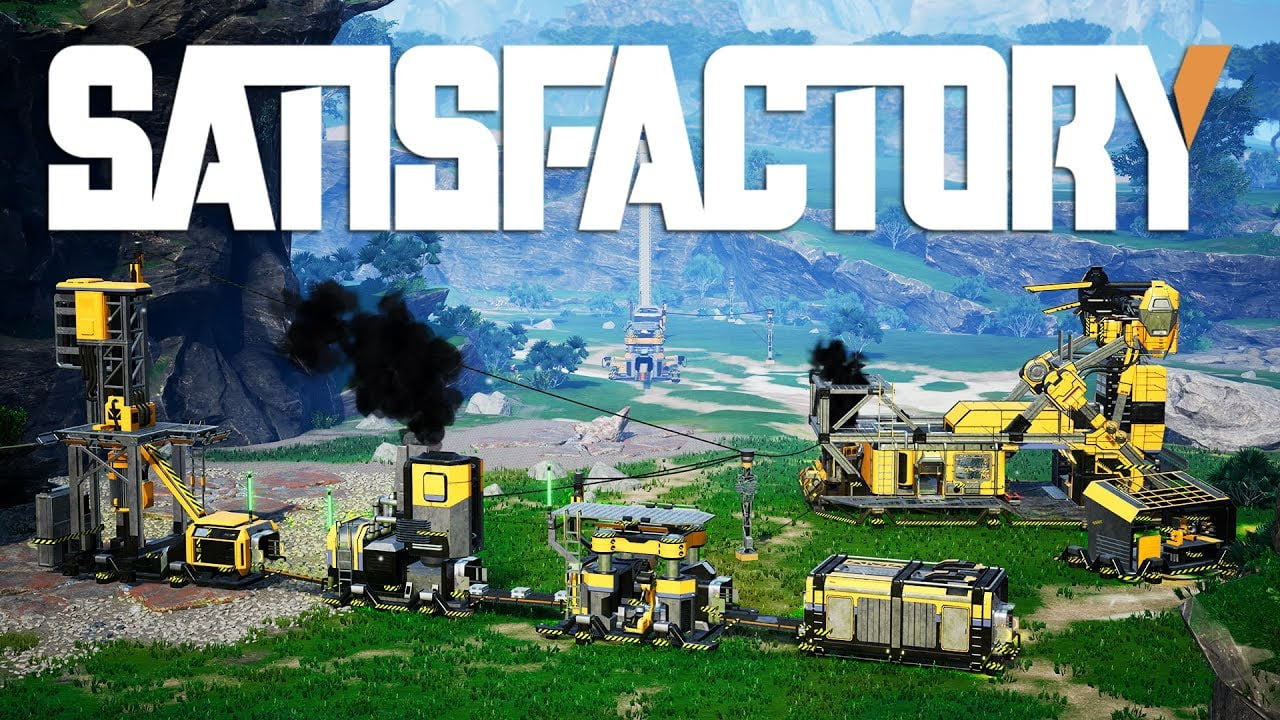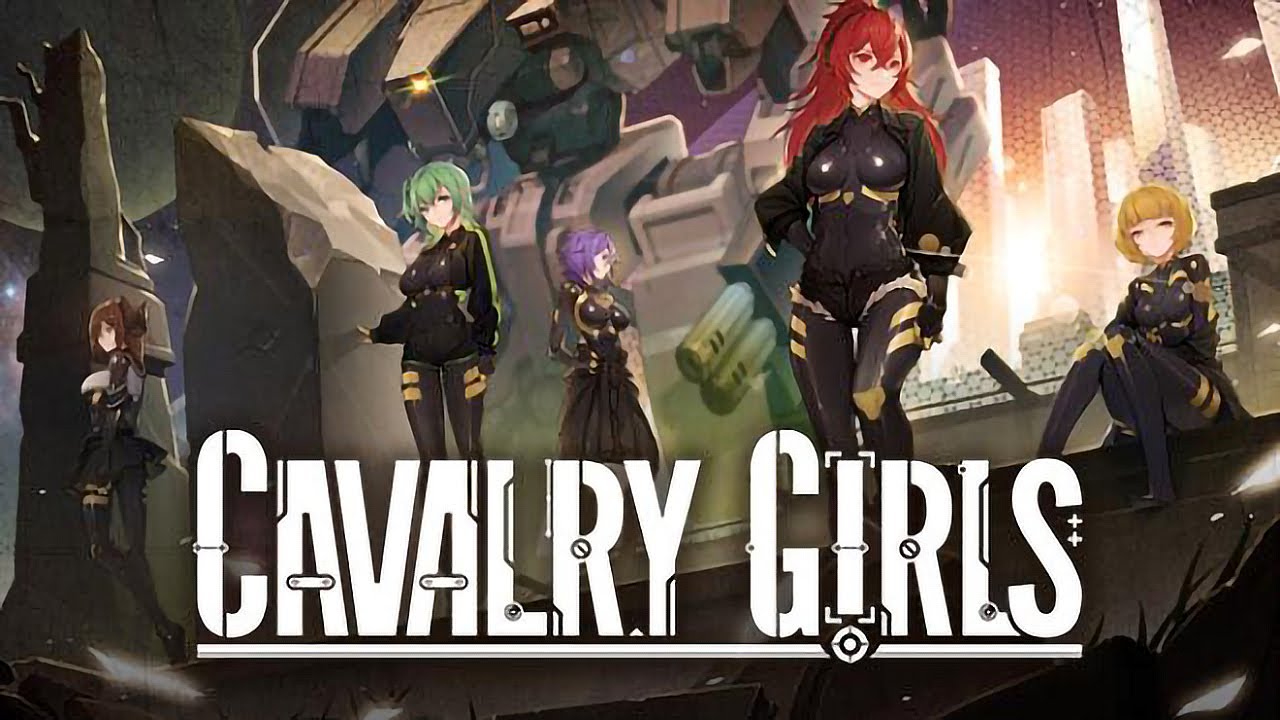A quick list of valuable tips for beginners and intermediate players.
Tips
Tips are ROUGHLY sorted by game phase (early/mid/late), but do not crucify me if it’s not perfect. Mostly writing them down from the top of my head. No spoiler-free guarantee! I will however try and hide some stuff I feel new players should discover themselves behind spoiler tags.
Let’s start!
- Your first and most urgent tasks in the game is neither building a great or beautiful factory, it’s no longer having to manually fuel it!
Coal power is the first fully automatable source of energy so you should push hard to get there.
There is a manual crafting bench for a reason, use it! There is no need to automate everythingin the early game just because you can. - To extend the previous tip: Early research and even the first two tiers of the space elevator profit from manual crafting. The most advanced parts at this stage of the game take too much time to automate fully, there is no shame creating them yourself.
This helps you reaching coal power ASAP and this in turn will free up a lot of time (and nerves) spend gathering biofuel for your manually filled generators. - Once you have coal power set up, you can spend some time building proper factory floors. It helps you a lot since floors allow precise placements of other stuff (like machines) on its grid.
- Speaking of coal power, put a overclocking power shard (researched in the MAM using some slugs) into a water extractor and it will produce 180 m³ water/min which is exactly enough for four coal power generators.
- Factory layouts vary greatly between players. Some prefer to get basic resources all to one place and have their production centered. Others prefer baby factories all over the map and only produce the highest tier products in a central location.
Both ways have their merits (and disadvantages), it’s just important you are aware of these alternatives. - USE SIGNS. It will take you some time to unlock them as they use among other things quartz crystals. It pays off to do this early because once you unlock the prerequisites your factory has probably reached a size and complexity that signs come in handy.
Why?
But signs on every major in- and output belt! At the very least, have a sign on output belts where they start transporting their product.
Write something like “240/480” on them, where 480 is the maximum they COULD transport off (i. e. what is produced) and 240 is what they actually carry (i. e. what is consumed).
Then add another sign PER CONSUMER with the amount used. Like “120 -> Iron Rods”. Now you know that a) this output transports 240 and b) that 120 of those are used for Iron Rods. And c) that you could still add another 240 once needed.
When doing so, consider the belt tier (T3 belts can carry 480 max.).
UPDATE these numbers every time (every time!) you add more consumers or add to the production.
It’s important to do this per output and per belt or you will spend a lot of time (and I mean a lot!) roaming through your factory trying to find out what is used where in which amounts.
Updating the signs can feel tedious at times but trust me, it’s worth the time a thousand times over. - Gigafactories have their merits but you want to start with separate production buildings.
Trust me on this. Unless you are a pro who plans his factory beforehand (with online tools), splitting production into satellite factories is the way to go. It helps IMMENSELY to keep track of what is what, it allows a lot of space for conveyor belts between those satellites and generally helps you avoid misbuilding.
Keep some space between the satellites for belts and movement.
If you are particularly motivated, try and build them to suit at least Mk 3 belts (480/min). Do this from the start and you will not have to mess around later on, trying to extend your satellite length just to find it now overlaps with another. You CAN also use the max belt tier (780/min) if you are really serious about it. Note that each product has different amounts for input/min and output/min so for some you need longer production floors than others. This is usually offset somewhat by the amount required overall. - Overclocking is great, did you know however you can also UNDERCLOCK? Both help dealing with ‘weird’ numbers because you can quickly adjust the in-/output of a machine so it perfectly matches your production. A famous example is oil- or aluminum industry which sometimes can end up with just a tiny bit of excess fluid. This WILL eventually block your production (or make it stutter). By clocking one of the involved machines you can avoid this.
- Keeping your own excel sheet is really useful. Many players rely on online tools like ‘Satisfactory calculator’, which is perfectly fine. I found that writing down stuff yourself helps you memorize all you have built, though. It’s also much easier to identify bottlenecks this way. Up to you.
- Vehicular exploration is dead. It’s a little sad but there it is. With the new big power towers, you can cover vast distances and heights by moving along power lines. Other modes of transporation later on let you ignore most obstacles in the world.
So, don’t build trucks or cars to move around. - And speaking of trucks, their use is very limited now. When you unlock them, your factory should not even be close to the complexity that requires vehicular automated transport. Truck stations are tedious to set up because you need to record the path it shall take yourself. Trust me, building a conveyor belt to your base is easier and faster. When your factory becomes so big that you really need DISTANT resources, you will have unlocked better transport modes.
- To quickloy close BUILDING mode, press Q. To quickly close REMOVAL mode, press F. Get used to it and it will make your life much more enjoyable in Satisfactory. In particular it will not open any other window but simply end the mode you are in.
- Sliding is faster than running (press C while running) and jumping forward out of a slide is still faster (Space while sliding forward). You can do infinite slide + slidejump combo by pressing C while being in the air.
This will make you MUCH faster in the early game, before you get alternate modes of moving later on. - Jetpack flight becomes much faster if you activate it during a slide.
- Fed up with dangerous mobs taking so many bullets to kill? Get explosive Rebar and stay with it. It’s much better than the rifle and kills even the biggest enemies in maximum 3 hits. (small ones 1 hit, medium ones 2)
- On the workbench, no need to hold Space. Just tap it once and it will keep producing until you walk away or run out of resources.
- If you have trouble placing splitters or mergers, the best way to do this early/mid game (before hoverpack) is to stand ON TOP of one of them and then look the right way.
- Press N to open a text search that lets you select specific items or buildings much faster than having to search them in the building (Q) menu. Just start typing the name and results will show up.
- Drones are excellent long distance transporters but have limited carry capacity. They are only efficient for transporting processed goods in smaller quantities, not to transport e. g. ores or most ingots. In addition, drone ports only make sense for far-away products since starting and landing take up quite a lot of time. This means longer flights are more efficient.
- FICSIT coupons are super-important for unlocking critical new buildings in the Awesome shop. One quick way to get them is to hunt creatures and convert their parts into DNA tubes. Feed these to a shredder and you will quickly amass coupons.
- Speaking of shredders, it may be tempting to simply send all excess there. Make sure though that FIRST you fill at least one container (as a buffer) as well as your grab storage.
Bonus Tip
What’s grab storage?
- A room where you pool excess from most of your items (except maybe ores and ingots) for handy access. You do NOT want to keep running around your facilities and collect each item separately in its production location. That’s a big waste of time.
This guide about Satisfactory was written by
ApathicAlpaca.
You can visit the original publication from this link.
If you have any concerns about this guide, please don't hesitate to reach us here.



